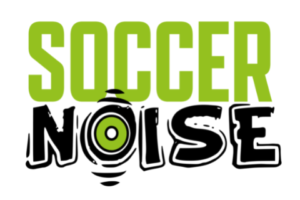Jerseys are a massive part of soccer, with the best teams in the world being recognised for their jerseys. So what are the requirements of a jersey that teams need to meet?
What are the requirements for jerseys in soccer? Soccer jerseys need to have sleeves, long or short and the numbers and names need to fall within FIFA specifications. Jerseys also cannot consist of more than four colours, with the goalkeeper’s jersey needing to be distinguishable from the rest of the team.
We explore the details below.
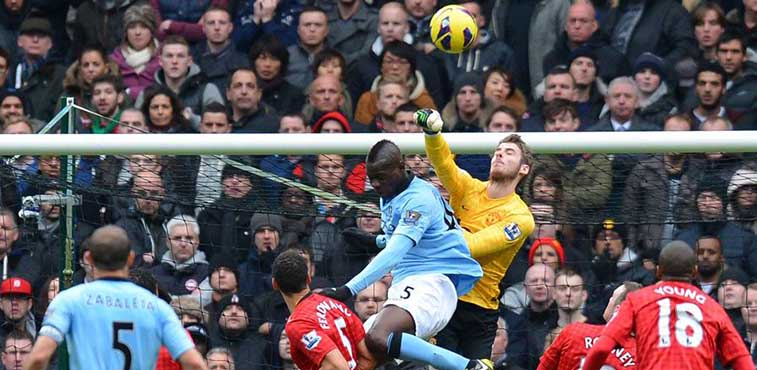
You may not think it is the case but soccer jersey’s actually have a lot of regulations covering what the jerseys can look like and how they are designed. These rules are in place so that teams know how they are supposed to design the jerseys and try to make sure that jerseys do not affect performance.
There are a variety of requirements for soccer jerseys, with this list taking a look at some of those in the FIFA regulations.
One of the major rules about soccer jerseys is that teams are required to have at least two different jerseys. Usually, this will be in the form of a home kit and an away kit. These two different kits need to be clearly different colours. For example, the England football home kit is white, while the away kit is red.
The two different colours are so that teams can avoid a kit clash. Teams will usually sort out before the game which team is going to wear which kit in order to avoid a clash of colours. If the kits do clash then it makes it very difficult for the players to realise who is on their team and who is the opposition.
The kits also need to be a different colour for the officials. Most of the time, the officials tend to wear an all-black uniform, which is why you don’t really see teams have a kit which is completely black, as this will clash with the officials.
Similar to that rule is the one about goalkeeper kits. As goalkeepers are not outfield players, their kit must clearly be different to the rest of their team. This is so that the officials, players and fans can differentiate between outfield players and the goalkeeper. Part of this rule is that teams need to keep a spare goalkeeper kit that has no name or number on it, in case the goalkeeper is sent off and an outfield player has to go in goal.
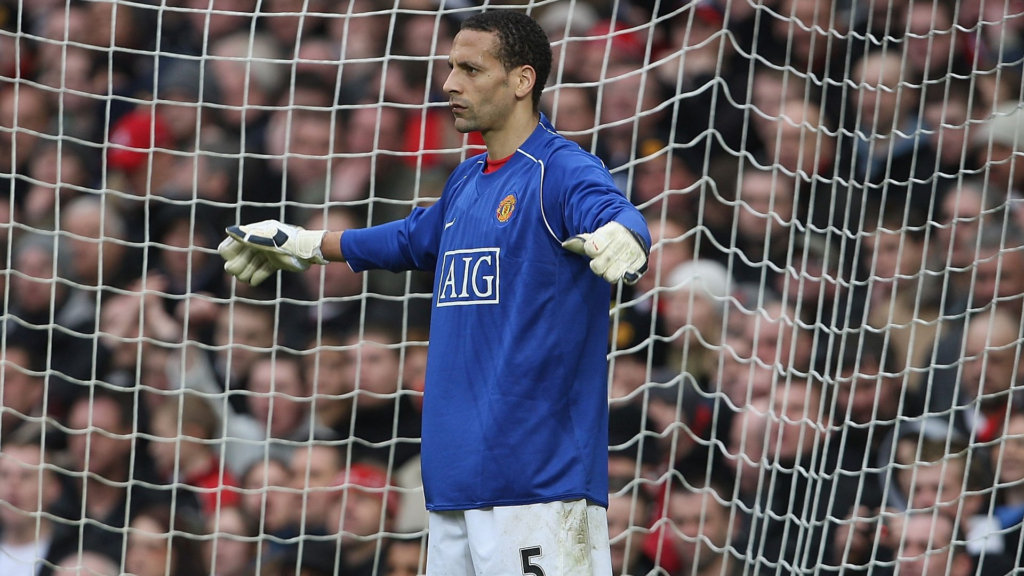
The Premier League is one of the leagues where players are required to wear the badge of the competition on the sleeve of the shirt. This is not something that we see in all competitions and it is up to the competition itself to introduce this rule.
How big are soccer player numbers allowed to be on jerseys?
There are regulations on how big the numbers are allowed to be on jerseys. FIFA regulations say that numbers on the back of the jersey must be between 20 and 35cm in height. The exact choice is up to the team. The number needs to be between 3cm and 5cm thick as well.
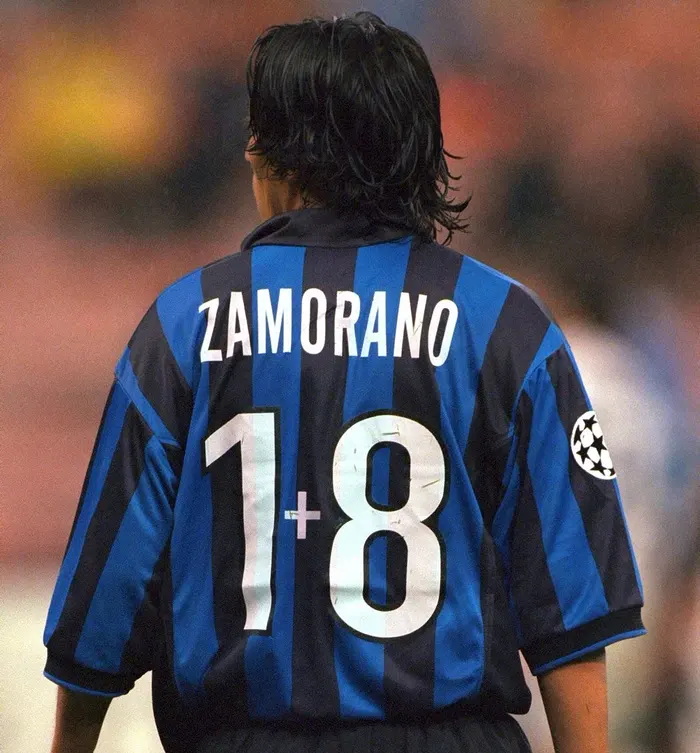
The number on the front of the shirt is also included in the regulations. Numbers on the front of the jersey need to be between 10cm and 15cm. These regulations are the ones set out by the FA which is the Football Association of the UK. The regulations on the size of the shirt number is determined by each different association of the country of the team.
Numbers on the front of the shirt tend to only really appear on international shirts. Most club teams will only display the club badge as well as sponsors and the kit manufacturer on the front of the shirt.
Most of these regulations are pretty similar around the world. For example, the regulations for the 2014 World Cup said that the height of the player numbers on the back of the jersey had to be between 25cm and 35cm, a slightly taller minimum than for the Premier League.
How big are soccer jersey manufacturers’ badges allowed to be?
There are strict rules on how big the badge of the manufacturer is allowed to be on a soccer player’s jersey. This is because football associations want to limit the influence of sponsors into football and want the game to be about the teams. Different associations set out how big these are allowed to be.
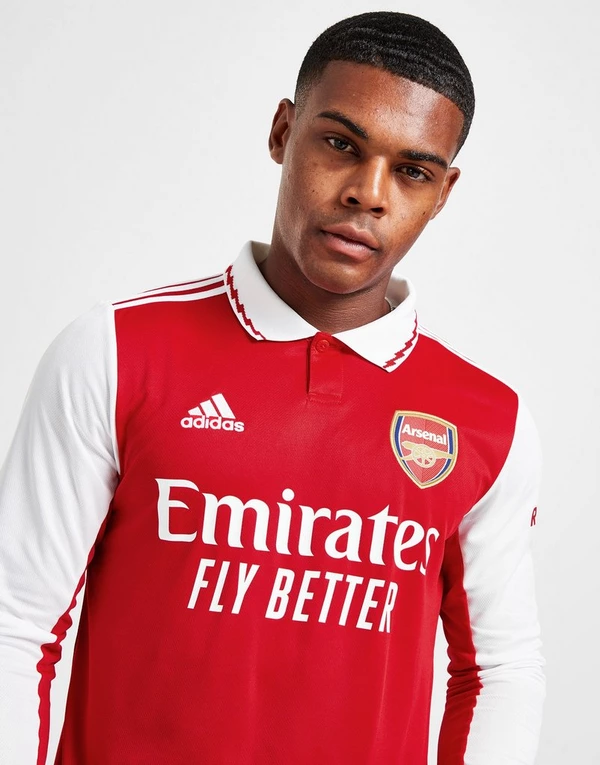
The FA set out that manufacturer badges are not allowed to be any bigger than 20cm2 if it is being displayed on the front of the badge. If the badge is being displayed on the sleeve then it cannot be bigger than 10cm2. Different organisations may have different regulations for how big the badges can be on the sleeves.
How big are soccer jersey sponsor badges allowed to be?
There are strict rules on how big sponsors are allowed to be on soccer jerseys. On the front of the shirt, the shape of the sponsor logo is up to the team. But this logo cannot be bigger than 250cm2. Manufacturer logos will usually appear by the neckline, but it is really up to the designer where that badge goes.
In terms of the sleeve, the sponsor logo cannot be bigger than 100cm2. This is the rules in terms of the FA, with sponsorship rules being different between different countries.
What are soccer jerseys made from?
Soccer jerseys tend to be made out of a polyester mesh. The reason for this is that these shirts are very lightweight so they do not weigh the players down. The polyester mesh also does not trap sweat and body heat so players do not get too hot when they are playing.

Soccer jerseys are continually getting lighter and more comfortable for players. Soccer teams are always looking for some way of getting an advantage over an opponent. So if they can make a jersey which is lighter and more comfortable than the opposition is wearing, it can give you a small advantage over the opposition.
